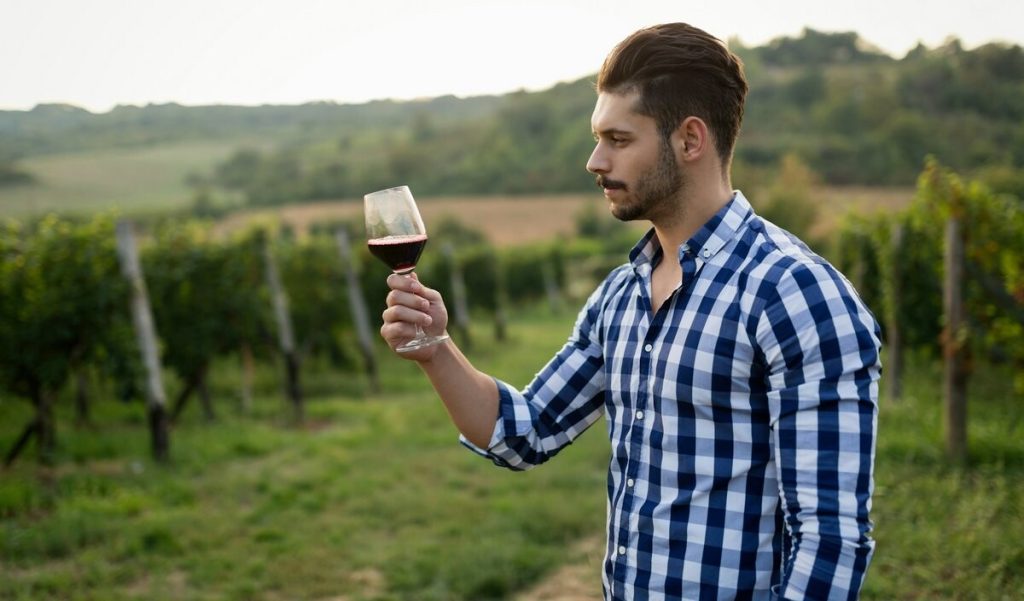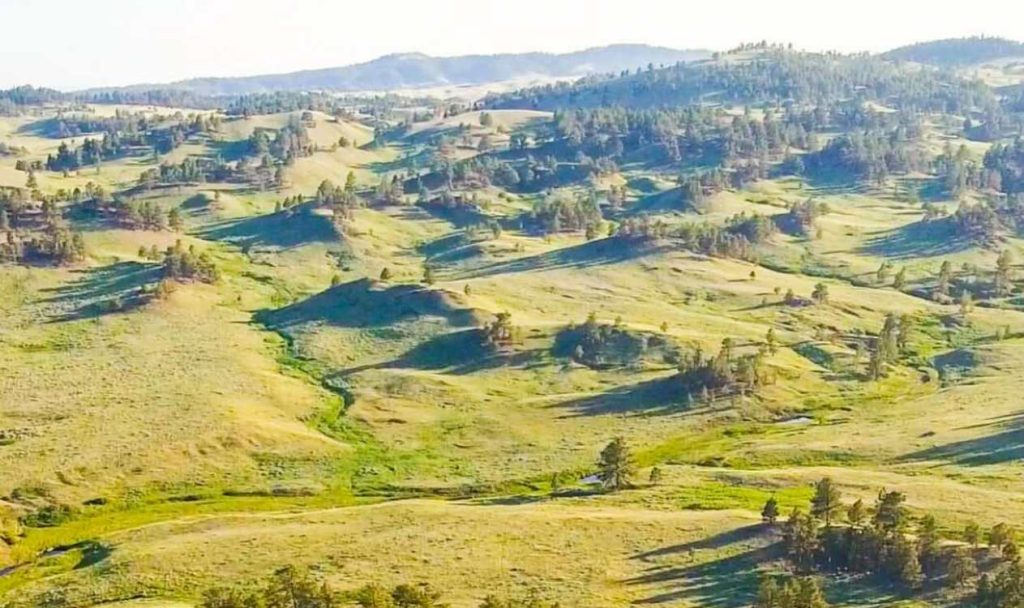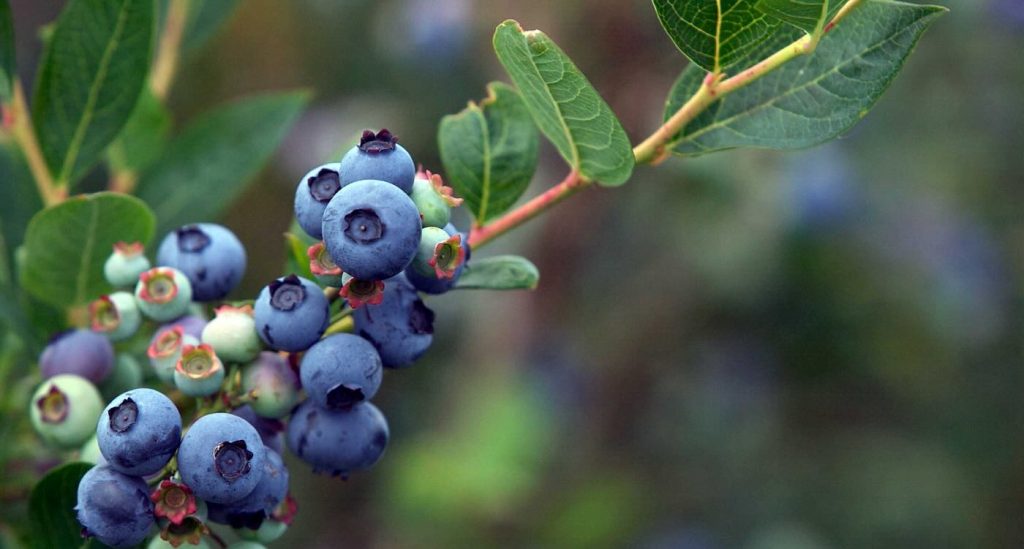In a world where every sip of wine tells a story, this fascinating journey through 7,000 years of grape cultivation brings to light the rich heritage of Italian wine. By blending history and science, we discover how wild grapes gradually transformed into cherished varieties, creating a legacy that continues to flourish today.
The journey of wine in Italy is one of gradual evolution—a tale woven through the ages. Recent research led by a cohort of dedicated scientists from Italy and France shed light on the intricacies of this evolution, revealing that the domestication of grapes has been a slow, organic process rather than a sudden revolution.
With a treasure trove of over 1,700 grape seeds from various historical collections, the researchers probed the transitions within grape cultivation. This meticulous examination uncovered that wine-making in Italy has been a cherished tradition cultivated over millennia.
Mariano Ucchesu, an esteemed archaeobotanist and co-author of the study, shared an intriguing insight: “It was long thought that the Phoenicians and Romans were the pioneers of grape propagation in Italy. But our findings indicate that domesticated grapes were already thriving in Sardinia about 3,000 years ago.” His curiosity sparked further investigation, prompting him to wonder if Sardinia’s unique case was mirrored across the mainland.
The study highlighted a remarkable continuity: grape seeds from the Early Bronze Age (around 2050 – 1850 BCE) still bore the hallmarks of their wild ancestors. It wasn’t until the end of this period that evidence of cultivated grape varieties began to surface prominently, signaling the dawn of established cultivation techniques by local communities.
In the Badlands of Italy’s Campagna region and the sun-kissed shores of Sardinia, the earliest signs of vineyard practices emerged. While domesticated varieties gained ground from about 1100 BCE onward, wild grapes continued to play a pivotal role in the diet of Neolithic Italians, revealing their enduring significance.
As the Roman era took hold, a Renaissance of wine production flourished, introducing a blend of cultivated and wild grape types. This beautiful melding resulted in the birth of diverse grape varieties, much like the famous blends we toast to today—Bordeaux, Chianti, and Champagne, to name a few. Ucchesu noted, “These blends embody a unique technique that, even now, speaks of the past.”
As we raise our glasses to history, Ucchesu invites us to savor not just the flavor but the echoes of time in every sip. With each toast, we honor a journey that links us back thousands of years, a tapestry of tradition woven through every bottle.
Share the magic of this ancient craft with your friends and family, and let the stories of wine-making connect us all.
If you would like to see similar good news stories click here & Share this to brighten someone’s day.







